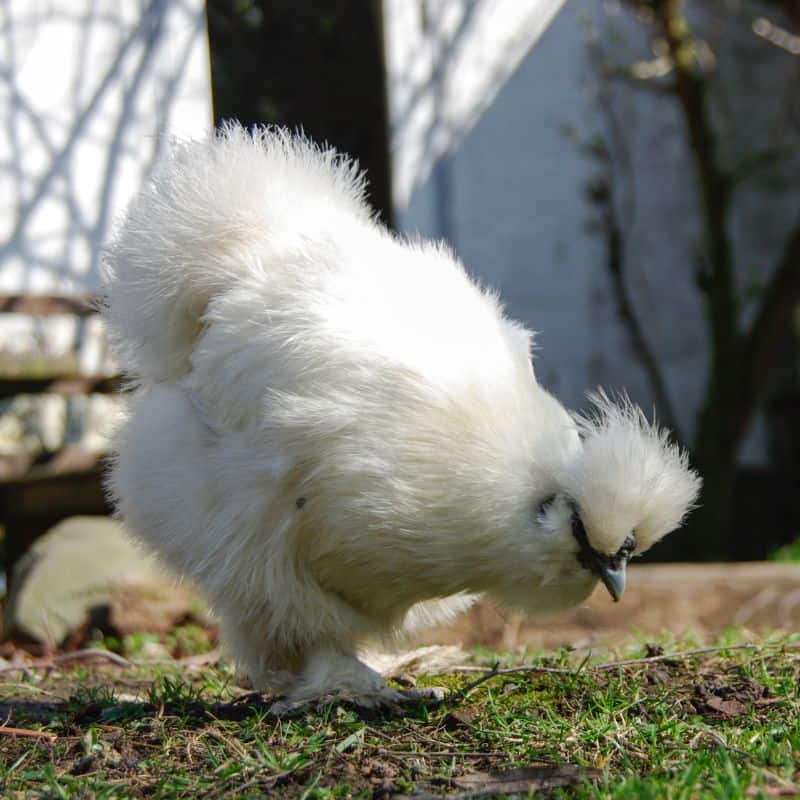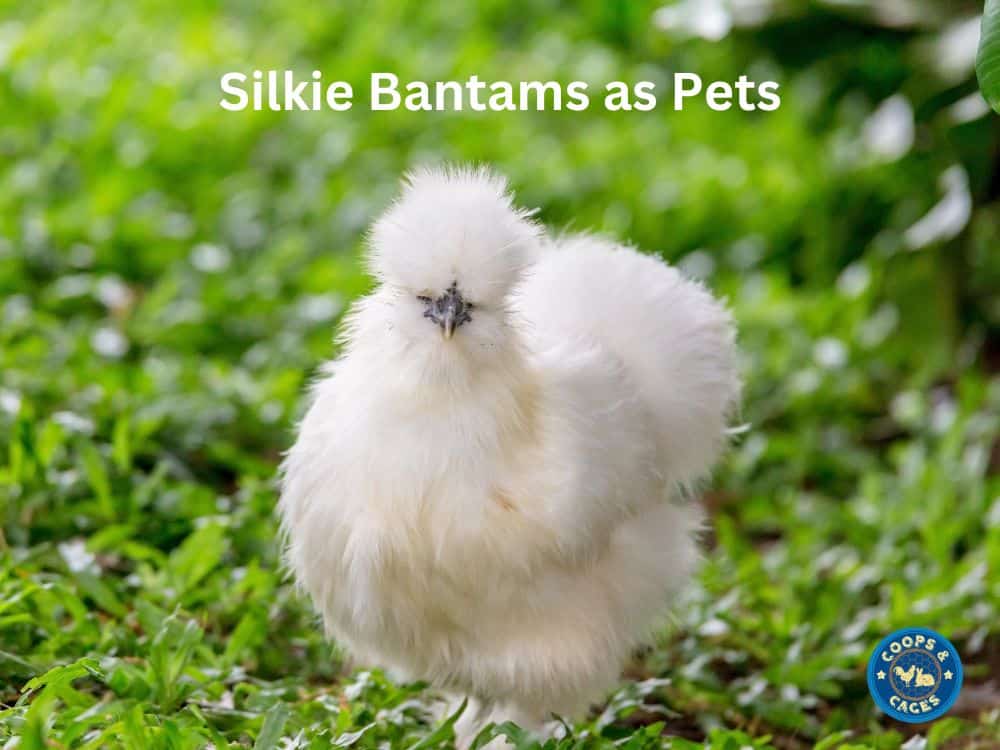Chickens
Silkie Bantams in Your Yard
Silkies are a beloved and popular ornamental chicken breed. Named after their distinctive feathers, Silkie chickens are small, fluffy and friendly.
The History of Silkie Bantams
Silkies are one of the oldest purebred chicken breeds, originating in Asia around 750 AD. Their country of origin is debated, with China, Japan and India all claiming the birds as their own.
Marco Polo first brought Silkies to Europe in the 12th century, with their popularity growing quickly as people marvelled at their hair-like feathers.
Due to their small size, most countries classify all Silkies as a bantam breed. However, some countries distinguish between non-bantam (larger) and bantam (smaller) Silkie varieties.
Features and Varieties of Silkie Bantam
Silkie Bantams are an ornamental breed that has distinctive fluffy feathers covering their body, legs and crests on their heads.
The silky appearance of the feathers is due to a lack of barbicels, which prevents the feather components from sticking together. This also prevents the birds from flying.
They are stout, broad looking birds with a short tail. Their short neck and head are held upright with a walnut comb and short concave, semi-circular wattles.
Some striking features other than their spectacular plumage is that their skin is black and they have five toes (rather than four).
There are different varieties of Silkie Bantam that have been bred. From non-bearded and bearded, partridge, grey, blue, red, splash, cuckoo, lavender, white, black and buff types are commonly available.
Bearded varieties have a gathering of feathers under their beak, which extends to their earlobes to give them the bearded appearance.
Keeping Silkie Bantams
Silkie Bantams are easy to keep, affectionate and good with children. Their docile nature helps them to adapt to being handled.
Silkie Bantams are small so can be easily kept in an urban yard with a chicken coop. They tend to get bullied by larger breeds or more aggressive varieties if you decide to mix them.
Silkies’ feathers don’t stick together and are not waterproof. This means they need constant access to an undercover run area, in case of unexpected rain. If they do get wet, you will need to towel or blow dry them.
Silkies are often seen at poultry shows.
They can live up to nine years and are fairly hardy.

Silkie Bantam Eggs
Silkies are moderate egg-layers, producing about three eggs per week. The eggs are small and cream in colour. The breed’s tendency to brood interrupts their egg-laying. Silkie hens have a strong urge to hatch their eggs.
They are known for being caring foster mothers to other bird’s chicks, including other chicken breeds and ducks. Silkie roosters are often affectionate towards chicks and less aggressive that other breeds.
Feeding Silkie Bantams
You should feed your Silkies a high-quality commercial chicken feed, purchased from rural supply stores. These will be formulated to meet the nutritional needs of your birds at certain ages.
Food should be supplied in a treadle feeder to stop native birds and rats from eating your chook’s dinner. The lid also helps to keep the feed dry so that it does not become mouldy.
You can supplement their diet with treats including dried mealworms, oyster shell supplements, vegetable scraps and grass clippings.
Silkies should have constant access to clean water.
Hatching Silkie Bantams
You should feed your Silkies a high-quality commercial chicken feed, purchased from rural supply stores. These will be formulated to meet the nutritional needs of your birds at certain ages.
Food should be supplied in a treadle feeder to stop native birds and rats from eating your chook’s dinner. The lid also helps to keep the feed dry so that it does not become mouldy.
You can supplement their diet with treats including dried mealworms, oyster shell supplements, vegetable scraps and grass clippings. Silkies should have constant access to clean water.



